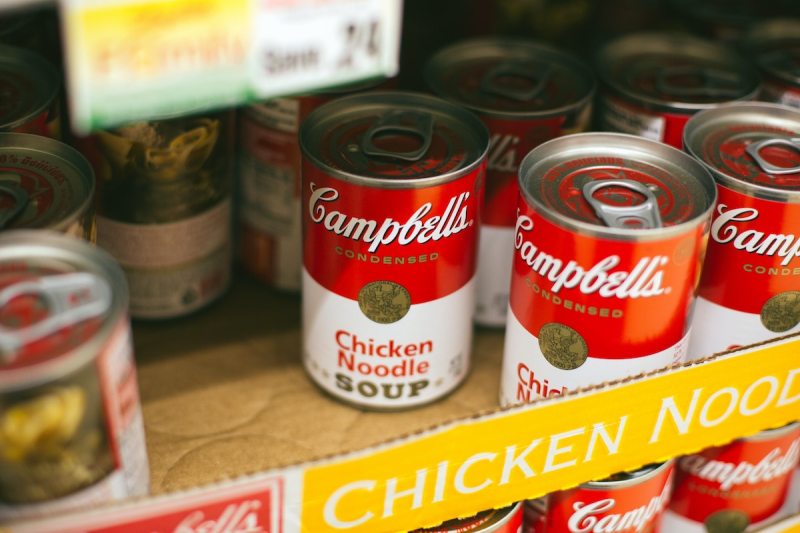
Hypertension, also referred to as high blood pressure, affects nearly half of the adults in the U.S. The number of men that have hypertension is slightly higher than women, and if you are one of them, you may find your doctor recommending that you follow a low-sodium diet.
Although your body does need some sodium — as it’s an important electrolyte involved in muscle contractions, conducting electrical impulses in the heart, and regulating fluid balance — the typical American diet is extremely high in sodium. Excess sodium contributes to high blood pressure and can tax the heart over time.
The Dietary Guidelines for Americans recommends adults limit their daily sodium intake to less than 2,300 mg per day, which is equal to one teaspoon of table salt. However, 97% of males aged 19 to 59 are exceeding the recommended intake for their age; they sometimes even reach twice the recommended limit.
A low-sodium diet deliberately limits the amount of sodium consumed each day and has been shown to effectively reduce blood pressure and improve heart function. It can be daunting to get started on a low-sodium diet, and it may feel like you have to give up some of your favorite foods.
The good news is that there are many delicious, nutritious foods you can still eat on a low-sodium diet, and you’re likely to feel so much better that any sacrifices will feel well worth it. Keep reading for our full guide containing everything you need to know about a low-sodium diet.
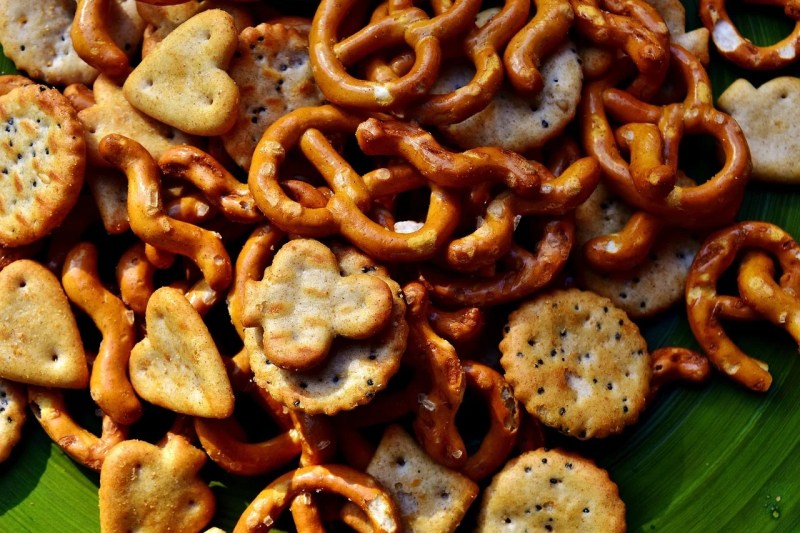
What is a low-sodium diet?
Sodium, which is essentially various forms of salt, is present naturally in certain foods like eggs and spinach. Still, the majority of the sodium we consume is added to processed and prepared foods to improve their flavor and shelf life. Additional table salt enters the diet when people salt and season their food before eating it.
A low-sodium diet usually limits daily sodium intake to 1,500 mg, which is lower than the recommended daily limit of 2,300 mg and significantly lower than what the average American adult is actually consuming. Very low-sodium diets limit sodium even further. High-sodium foods should be completely eliminated from the diet, and the emphasis should be on whole, natural, unprocessed foods with little to no table salt added.
When following a low-sodium diet, it’s really important to read the nutrition label on any packaged food to gauge the sodium content. Look for foods that contain less than 140 mg of sodium per serving. There are also labels used on products to denote their sodium content, including the following:
- Salt/sodium-free: Must contain less than 5 mg of sodium per serving.
- Very low sodium: Contain a maximum of 35 mg of sodium per serving.
- Low sodium: Contain a maximum of 149 mg of sodium per serving.
- Reduced sodium: The product contains at least 25% less sodium than the regular version, but the specific sodium content can be anything.
- Lightly salted or light in sodium: The product contains at least 50% less sodium than the regular version, but the specific sodium content can be anything.
- No salt added or unsalted: No salt is added when making the product, but it may contain natural sodium inherent in the ingredients.
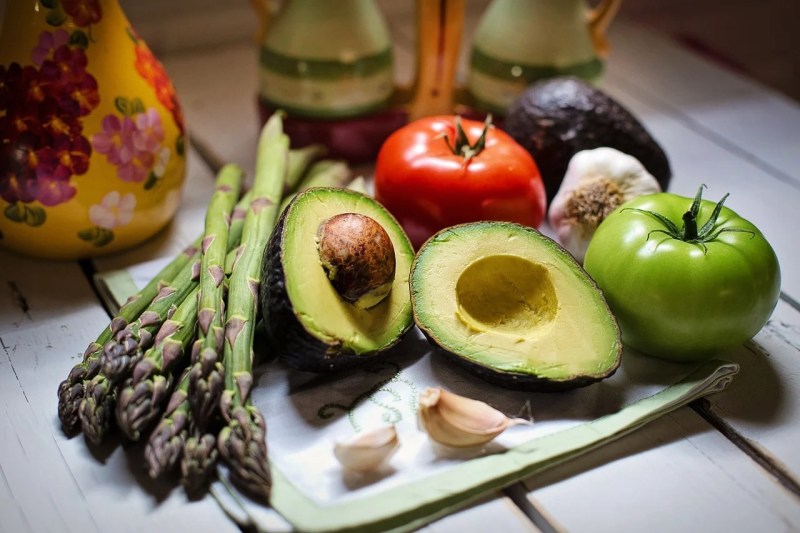
Benefits of a low-sodium diet
Because sodium increases water retention and blood pressure and taxes the heart and kidneys, following a low-sodium diet can result in the following benefits:
- Reduced blood pressure
- Weight loss
- Decreased risk of heart attack and stroke
- Improved kidney function, especially in those with kidney disease
- Decreased edema and improved circulation
- Improved diet quality
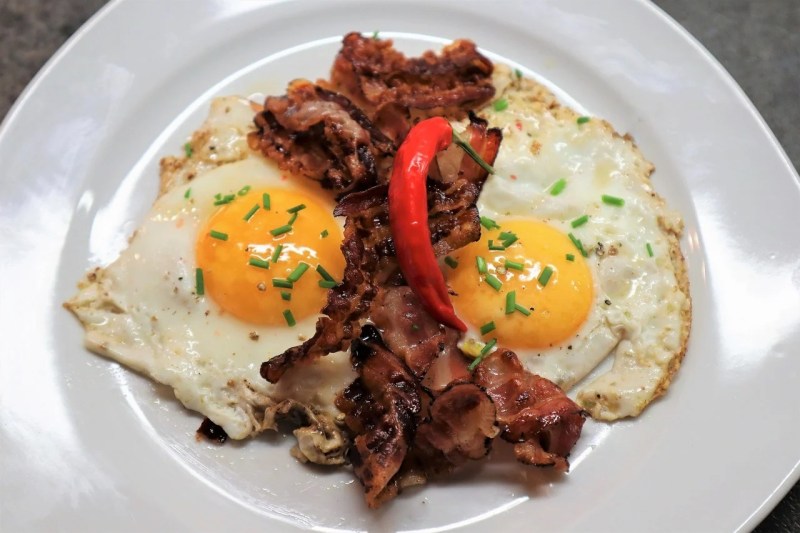
Foods to avoid on a low-sodium diet
People tend to think that adding table salt to food before eating it is the main culprit of high sodium levels, but about 70% or more of the sodium most people are getting comes from various salts present in prepared and processed foods. The following foods are particularly high in sodium and should be avoided on a low-sodium diet:
- Fast foods: Burgers, French fries, chicken nuggets, pizza, fast food Chinese, tacos, onion rings, and more.
- Salty snacks: Salted pretzels, popcorn, trail mix, potato chips, tortilla chips, salted nuts, salted crackers, pork rinds, cheese doodles and cheese snacks, snack mix, tater tots, and more.
- Salted canned and jarred products: Most canned and prepared soups and broths, salted canned corn and other vegetables, canned chili, refried beans, jarred franks, spam, pickles, cocktail onions, marinated artichoke hearts, olives, and more.
- Processed meats: Lunch meats and cold cuts, sausage, bacon, hot dogs, and more.
- Frozen dinners: Frozen pizza, frozen entrees, frozen prepared lasagna, frozen Chinese food dishes, frozen pot pies, and more.
- Salty packaged side dishes: Stuffing mixes, instant mashed potatoes, macaroni and cheese, rice mixes, pilaf, hash browns, and more.
- Salty dairy products: Parmesan cheese and processed hard cheeses, buttermilk, feta cheese, cottage cheese, sour cream, cream cheese, brie, and more.
- Certain bread products: Canned and prepared biscuits and croissants, muffin mixes, many pancakes and waffle mixes, danishes, English muffins, protein pizza dough, tortillas and wraps, croutons, hot dog buns, dinner rolls, instant oatmeal, certain boxed cereals, salted bagels, salty crackers, pita chips, and more.
- Sauces and condiments: Soy sauce, salsa, teriyaki sauce, hot sauce, barbecue sauce, sauerkraut, certain salad dressings, most tomato sauces, salted peanut butter, and more.
- Beverages: Vegetable juice and salty alcoholic beverages, some hot cocoa powders, and more.
- Table salt and salted seasoning mixes: Salt, garlic salt, onion salt, MSG, meat tenderizers, and more.
- Restaurant foods: Soups, broths, appetizers, pizza, entrees. Aim for dishes marked as “heart-healthy” or “lower-sodium” options, or ask if your dish can be prepared with minimal salt.
- Fats and oils: Salted butter, margarine, olio, lard, shortening, bacon fat, and more.
- Other high-sodium items: Anything with over 20% of the daily value of sodium.
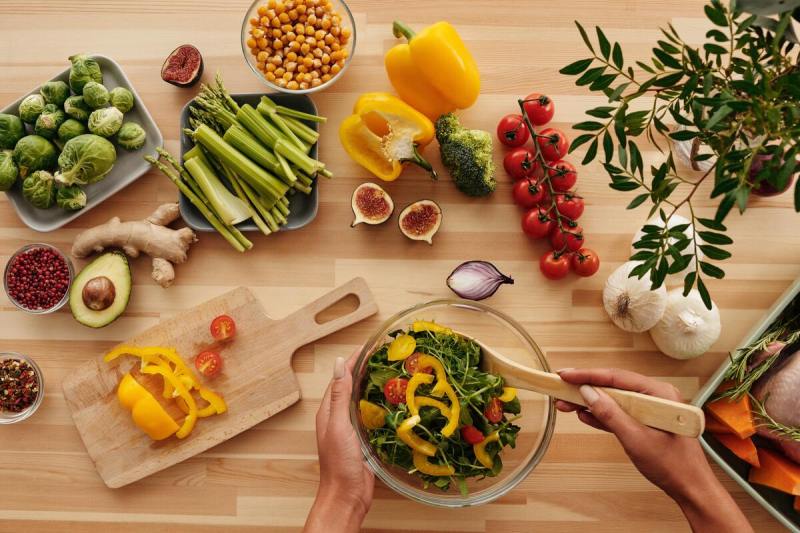
Foods to eat on a low-sodium diet
A low-sodium diet should include as many whole, unprocessed, healthy foods like vegetables, fruits, legumes, and lean proteins as possible, with careful choices of low-sodium dairy products, nuts, seeds, etc. Herbs and unsalted spices should be used instead of high-sodium prepared condiments and seasoning mixes. The following are foods to eat on a low-sodium diet:
- Vegetables: Fresh or frozen kale, carrots, lettuce, Swiss chard, broccoli, zucchini, cucumbers, onions, cauliflower, asparagus, sweet potatoes, beets, squash, onions, etc. Avoid canned spinach and most canned vegetables, as they are quite salty.
- Fruits: Pears, apples, melons, oranges, grapefruit, plums, apricots, peaches, berries, bananas, pomegranates, kiwi, coconut, tomatoes, dates, figs, and more.
- Whole grains and bread products: Whole, unprocessed oats, whole wheat, barley, brown rice, quinoa, teff, farro, etc; low-sodium cereals, low-sodium bread, unsalted pretzels and crackers, plain rice, pasta, and more.
- Lean meats, poultry, and fish: Unsalted fresh or frozen lean beef, bison, venison, pork, chicken, turkey, salmon, scallops, tofu, unsalted or low-sodium canned tuna, and more.
- Low-sodium dairy products: Naturally low-sodium cheeses (Swiss cheese, goat cheese, ricotta, fresh mozzarella), no sodium added cottage cheese, milk, eggs, and more.
- Legumes: Dry or low-sodium beans, lentils, peas, peanuts, soy, etc. Rinse canned beans thoroughly to reduce sodium.
- Nuts and seeds: Unsalted or very lightly salted almonds, pistachios, walnuts, cashews, pecans, chia seeds, flax seeds, pumpkin seeds, sesame seeds, hemp seeds, sunflower seeds, macadamia nuts, Brazil nuts, unsalted peanut butter, and more.
- Fats and oils: Olive oil, avocados, flaxseed oil, coconut oil, unsalted butter, and more.
- Herbs and spices: Basil, thyme, pepper, cinnamon, clove, nutmeg, ginger, rosemary, cumin, unsalted chili powder, and more.
- Beverages: Water, tea (herbal tea, green tea, black tea, etc.), red wine, coffee.
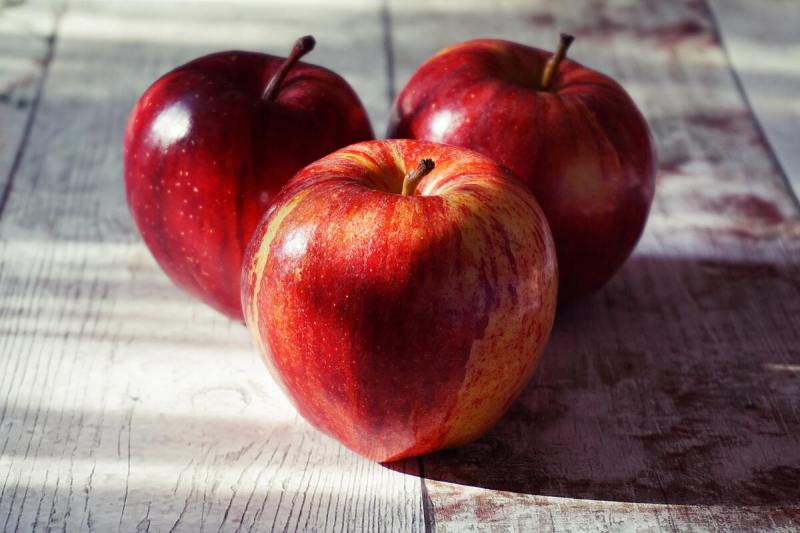
What foods have no sodium at all?
While the foods listed above are certainly limited in sodium, you may still want to be aware of foods that contain zero sodium so you know they are safe.
Fruits like apples, grapefruit, oranges, bananas, and avocadoes have no sodium. Vegetables, such as spinach, broccoli, asparagus, cucumbers, and squash are also sodium-free choices. Be cautious with canned fruits and vegetables, as salt and other preservatives are usually added.
Fresh fish, turkey, beef, and skinless chicken breast should contain no sodium, but be sure to check the packaging to confirm nothing has been added.
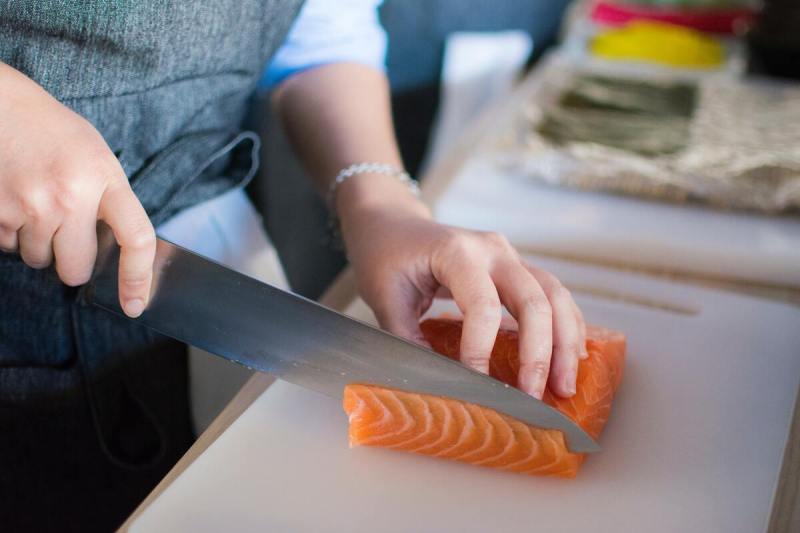
Sample low-sodium diet meal plan
Curious about what a day of eating might look like on a low-sodium diet? Below, we share a sample low-sodium diet meal plan.
- Breakfast: 1 cup of plain Greek yogurt with a 1/2 cup of mixed berries, 1/2 cup of muesli or low-fat granola, blueberries, raspberries, and unsweetened coconut flakes.
- Lunch: Rice bowl made with brown rice, baked chicken breast, avocado, tomatoes, cilantro, low-sodium cheese, lime juice, jalapeño, and unsalted almonds. Side of clementines.
- Snack: Melon and unsalted nuts.
- Dinner: Grilled salmon over cauliflower rice seasoned with lemon juice and freshly chopped parsley, baked sweet potato with Greek yogurt or unsalted butter, spinach salad with tomatoes, cucumbers, carrots, and low-sodium dressing.
- Snack: Apple with unsalted almond butter sprinkled with cinnamon and one ounce of dark chocolate.



